Soda Pop accounts for more than a quarter of all drinks consumed in the United States. More than 15 billion gallons were sold in 2000. That works out to at least one 12-ounce can per day for every man, woman and child.
Let’s take a look at some of the major components of a can of soda:
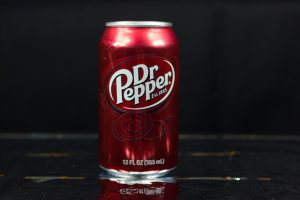 Phosphoric Acid: May interfere with the body’s ability to use calcium, which can lead to osteoporosis or softening of the teeth and bones. Phosphoric acid also neutralizes the hydrochloric acid in your stomach, which can interfere with digestion, making it difficult to utilize nutrients.
Phosphoric Acid: May interfere with the body’s ability to use calcium, which can lead to osteoporosis or softening of the teeth and bones. Phosphoric acid also neutralizes the hydrochloric acid in your stomach, which can interfere with digestion, making it difficult to utilize nutrients.
Sugar: One can of soda has about 10 teaspoons of sugar. It is a proven fact that sugar increases insulin levels, which can lead to high blood pressure, high cholesterol, heart disease, diabetes, weight gain, premature aging and many more negative side effects. Most sodas include over 100 percent of the RDA of sugar.
Aspartame: This chemical is used as a sugar substitute in diet soda. There are over 92 different health side effects associated with aspartame consumption including brain tumors, birth defects, diabetes, emotional disorders and epilepsy/seizures. Further, when aspartame is stored for long periods of time or kept in warm areas it changes to methanol, an alcohol that converts to formaldehyde and formic acid, which are known carcinogens.
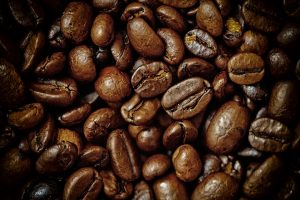 Caffeine: Caffeinated drinks cause jitters, insomnia, high blood pressure, irregular heartbeat, elevated blood cholesterol levels, vitamin and mineral depletion, breast lumps, birth defects, and perhaps some forms of cancer.
Caffeine: Caffeinated drinks cause jitters, insomnia, high blood pressure, irregular heartbeat, elevated blood cholesterol levels, vitamin and mineral depletion, breast lumps, birth defects, and perhaps some forms of cancer.
Tap Water: I recommend that everyone avoid drinking tap water because it can carry any number of chemicals including chlorine, trihalomethanes, lead, cadmium, and various organic pollutants. Tap water is the main ingredient in bottled soft drinks.
Soda is one of the main reasons, nutritionally speaking, why many people suffer health problems. Aside from the negative effects of the soda itself, drinking a lot of soda is likely to leave you with little appetite for vegetables, protein and other food that your body needs.
If you are still drinking soda, stopping the habit is an easy way to improve your health. Pure water is a much better choice. If you must drink a carbonated beverage, try sparkling mineral water.



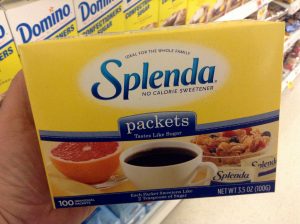 36 people sure don’t sound like many but wait, it gets worse, only 23 total were actually given sucralose for testing and here is the real killer:
36 people sure don’t sound like many but wait, it gets worse, only 23 total were actually given sucralose for testing and here is the real killer: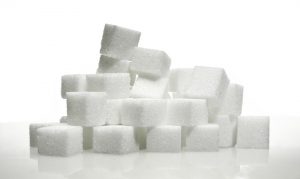 There is no question that sucralose starts off as a sugar molecule, it is what goes on in the factory that is concerning. Sucralose is a synthetic chemical that was originally cooked up in a laboratory. In the five-step patented process of making sucralose, three chlorine molecules are added to a sucrose or sugar molecule. A sucrose molecule is a disaccharide that contains two single sugars bound together; glucose and fructose.
There is no question that sucralose starts off as a sugar molecule, it is what goes on in the factory that is concerning. Sucralose is a synthetic chemical that was originally cooked up in a laboratory. In the five-step patented process of making sucralose, three chlorine molecules are added to a sucrose or sugar molecule. A sucrose molecule is a disaccharide that contains two single sugars bound together; glucose and fructose.
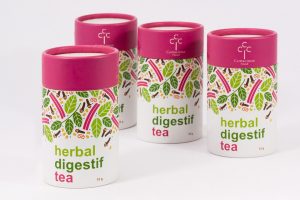 Herbal health products or supplements cannot affect the way the body processes drugs. The use of complementary and Herbal Products by the public in the United States increased from 33.8 to 42.1 percent from 1990 to 1997(1), and individual use of herbal products users was reported as ranging from 12.1 to 26 percent (1-3). Gaedeke et al. reported that 29 percent of a group of college students used herbal products (4).S o why not to try alternative medicine for good health, Try Home herb’s best complementary and Herbal Products the best, safe, effective, rapid-acting, non-sedating supplement and Nutritional Products especially the products are made to solve the health-related problems that you might have, These problems may be related to Allergies, Weight & Fat Loss, Bodybuilding, General Health and etc. For any of these related Problems Concern with not only the Nutrition and Supplements of the Homeherb but also get the Suggestions and Comments from the Ailments segment of Homeherb.com. take a closer look to the review of these listed products that they are outstanding in performing well:
Herbal health products or supplements cannot affect the way the body processes drugs. The use of complementary and Herbal Products by the public in the United States increased from 33.8 to 42.1 percent from 1990 to 1997(1), and individual use of herbal products users was reported as ranging from 12.1 to 26 percent (1-3). Gaedeke et al. reported that 29 percent of a group of college students used herbal products (4).S o why not to try alternative medicine for good health, Try Home herb’s best complementary and Herbal Products the best, safe, effective, rapid-acting, non-sedating supplement and Nutritional Products especially the products are made to solve the health-related problems that you might have, These problems may be related to Allergies, Weight & Fat Loss, Bodybuilding, General Health and etc. For any of these related Problems Concern with not only the Nutrition and Supplements of the Homeherb but also get the Suggestions and Comments from the Ailments segment of Homeherb.com. take a closer look to the review of these listed products that they are outstanding in performing well: Hoodia Gordonii
Hoodia Gordonii
 Charcoal
Charcoal

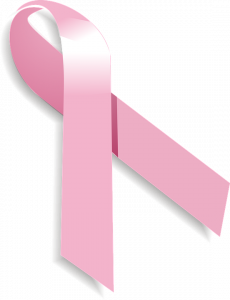 Our bodies are designed to overcome disease, but when they become overwhelmed with toxins, our resistance fails. The insurance industry dictates which profitable protocol is acceptable, and since most people have bought into the insurance lottery, they are trapped in this corrupt system.
Our bodies are designed to overcome disease, but when they become overwhelmed with toxins, our resistance fails. The insurance industry dictates which profitable protocol is acceptable, and since most people have bought into the insurance lottery, they are trapped in this corrupt system.
 You might also wish to avoid years old going on a diet.
You might also wish to avoid years old going on a diet. Extreme dieting may also impact your thoughts.
Extreme dieting may also impact your thoughts.
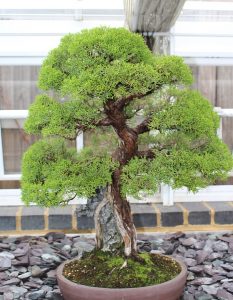 Bonsai trees are shaped into intricate styles – it may take years to achieve the desired shape. Once the initial shape has been obtained, the tree is continually trimmed to maintain the design. Bonsai is a fascinating hobby that takes time to perfect but is challenging and rewarding.
Bonsai trees are shaped into intricate styles – it may take years to achieve the desired shape. Once the initial shape has been obtained, the tree is continually trimmed to maintain the design. Bonsai is a fascinating hobby that takes time to perfect but is challenging and rewarding.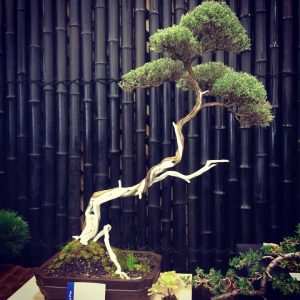 The Koten style is a tree with the traditional wider bottom and tapering top.
The Koten style is a tree with the traditional wider bottom and tapering top.
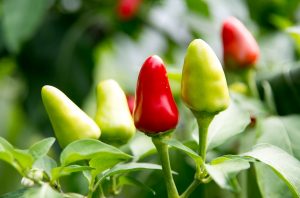 Don’t let their delicate flavor mislead you into thinking the herb plant is also delicate. In fact, many herbs grow so hardy that they are labeled “invasive”.
Don’t let their delicate flavor mislead you into thinking the herb plant is also delicate. In fact, many herbs grow so hardy that they are labeled “invasive”.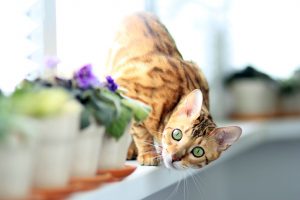 The windowsill is not always the best place to put your herb plants. While these plants will get plenty of sun, they will also be harmed by a cold climate. These flowerpots should be placed someplace that gets a minimum of 6 to 8 hours every day. When the soil feels dry to the touch, water your herbs. If you have a difficult time determining when to water your plant, purchase a thermometer-like device for your plant from a garden center. The device is simple to use: place it in the soil and it reads if your type of plant needs water or not. To catch draining water through the pot’s drain holes, put a plastic drip pan under your flowerpots.
The windowsill is not always the best place to put your herb plants. While these plants will get plenty of sun, they will also be harmed by a cold climate. These flowerpots should be placed someplace that gets a minimum of 6 to 8 hours every day. When the soil feels dry to the touch, water your herbs. If you have a difficult time determining when to water your plant, purchase a thermometer-like device for your plant from a garden center. The device is simple to use: place it in the soil and it reads if your type of plant needs water or not. To catch draining water through the pot’s drain holes, put a plastic drip pan under your flowerpots.